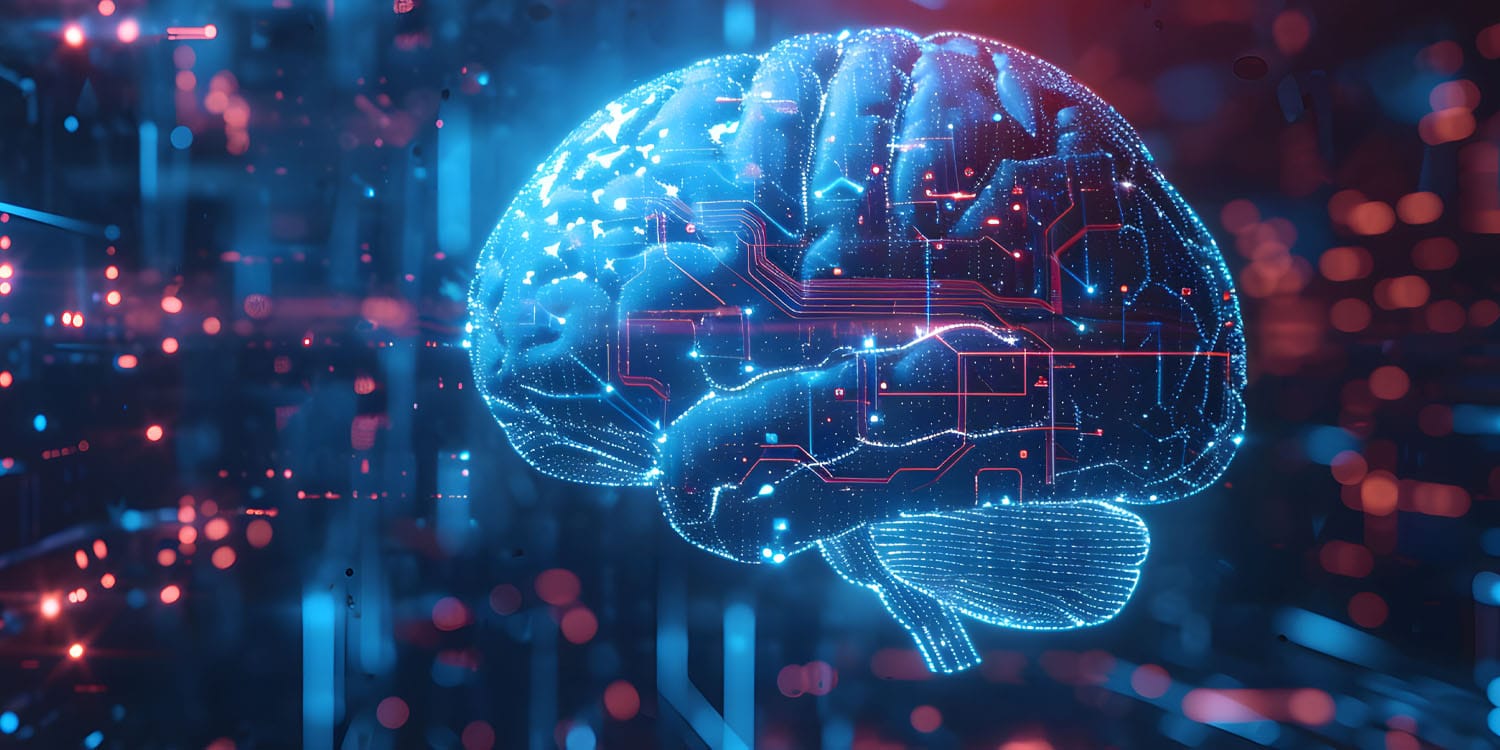
### AI Models Surpass Experts in Neuroscience Forecasting: A Landmark in Accelerating Discovery
While the abundance of scientific literature might appear to be a goldmine for researchers, recent groundbreaking findings indicate that it often acts as an obstacle rather than an advantage. A pioneering study conducted by University College London (UCL) has uncovered that large language models (LLMs)—AI systems built to comprehend and produce human-like language—excel significantly over human specialists at forecasting outcomes in neuroscience studies. These revelations, which have the potential to transform the landscape of scientific discovery, highlight the increasing significance of artificial intelligence in contemporary research.
### AI Sets New Standards in Neuroscience Forecasting
The research, featured in *Nature Human Behaviour*, presented BrainBench, an innovative assessment tool designed to pit AI models against human experts in predicting outcomes of neuroscience research. Utilizing a combination of authentic and fabricated study results, the researchers assessed the performance of 171 neuroscience professionals alongside three distinct AI models.
Human specialists managed an average accuracy of 63%, whereas AI-driven models exceeded this significantly. General-purpose AI models achieved a commendable 81% accuracy, while BrainGPT—a dedicated model exclusively trained on neuroscience literature—accomplished an extraordinary 86%. The exceptional precision of BrainGPT’s predictions showcases the advantages of customizing AI systems for specific domains, elevating their functionality.
### Reasons Behind AI’s Superiority Over Humans
The remarkable nature of these results lies in the fact that making precise scientific predictions requires not only pattern recognition but also a profound contextual grasp. The study implies that the edge of AI may stem from its capability to examine patterns across extensive datasets, far exceeding human processing limits.
“Scientific advancement is intrinsically iterative, involving numerous experiments, each demanding substantial time and resources,” remarks Dr. Ken Luo, the lead researcher and faculty member at UCL’s Psychology & Language Sciences department. “Even top-tier researchers can inadvertently overlook vital correlations embedded within the literature.” The study indicates that LLMs can mitigate this problem by identifying patterns and probability trends that humans might miss.
Moreover, AI models like BrainGPT incorporated confidence metrics for their predictions, a feature surprisingly similar to human thought processes. When a prediction surpassed a predefined confidence threshold—for example, BrainGPT’s predictions for high-certainty studies exceeded 90% accuracy—researchers could rely on the outcomes with a level of assurance that’s uncommon in predictive analytics.
### The Consequences for Science and Innovation
While the direct use of these findings will enhance experimental design and inform research strategies, the study also invites vital philosophical discussions regarding the essence of scientific innovation. Professor Bradley Love, a senior author of the study, observes: “This achievement implies that a significant portion of scientific research is not genuinely groundbreaking but adheres to recognizable patterns within existing literature. This provokes an essential inquiry: Are scientists sufficiently inventive, or are we merely building incrementally on pre-existing findings without exploring uncharted domains?”
Indeed, if AI can precision replicate the results of published experiments, it might suggest an excessive reliance on familiar avenues in research. Fostering more exploration and creativity, potentially even directed by AI, could lead to genuinely revolutionary discoveries.
### What Lies Ahead?
With their remarkable ability to discern trends and anticipate outcomes, LLMs like BrainGPT could become essential assets across scientific fields. Their potential applications are diverse and extensive:
1. **Optimized Experimentation**: By predicting probable outcomes, researchers can focus on impactful areas and steer clear of unproductive studies, thereby conserving finances, time, and resources.
2. **Literature Analysis**: AI systems can sift through thousands of publications to uncover hidden trends or gaps that need further scrutiny.
3. **Enhancement of Education and Collaboration**: Emerging researchers and interdisciplinary teams could gain from insights generated by AI, fostering collaborative efforts across disciplines.
4. **Transforming Peer Review**: Resources like BrainBench could assist editors and reviewers in determining whether papers address genuinely novel inquiries or revisit existing patterns.
Despite these advantages, ethical considerations and limitations surrounding AI in science persist. Ensuring transparency regarding how models are trained and maintaining human oversight of their outputs will be crucial to facilitate responsible application.
### Final Reflections: A Future Influenced by Human-AI Collaboration
The role of AI in scientific exploration is on the verge of rapid expansion, exemplified by tools like BrainBench and BrainGPT. While these technologies already outperform human counterparts in certain domains, their purpose is not to replace scientists but to enhance their efforts. By augmenting human ingenuity with AI’s computational capabilities, researchers may soon unravel complex issues faster and with greater accuracy than ever before.
This significant milestone represents a defining moment in both science and technology, where human creativity and artificial intelligence unite to forge new avenues for discovery, innovation, and understanding. Whether shaping experimentation or challenging the definitions of novelty, AI is destined to evolve into an essential partner in the quest for knowledge.
—
For more enlightening science stories, subscribe to our newsletter at [scienceblog.substack.com](https)